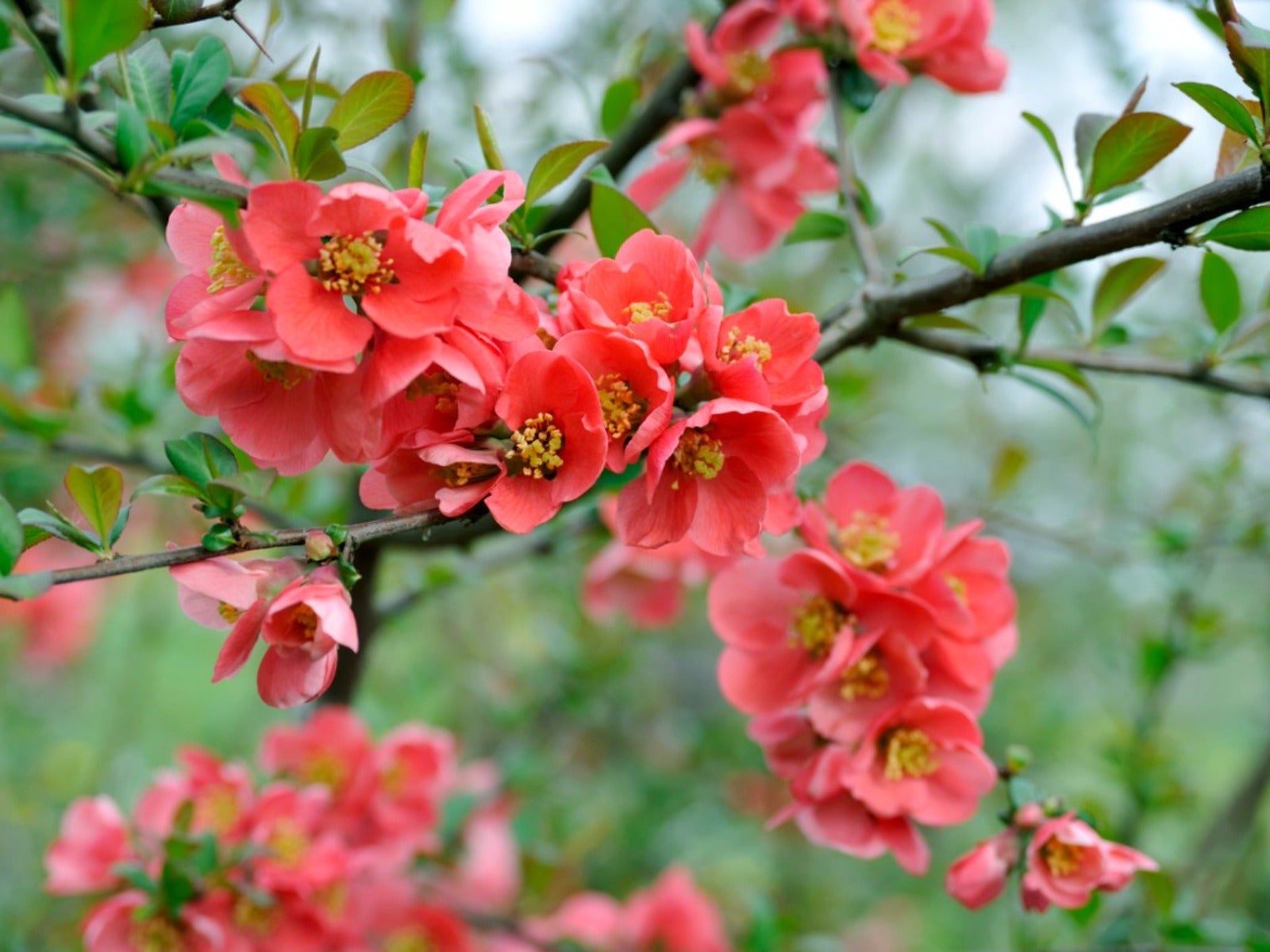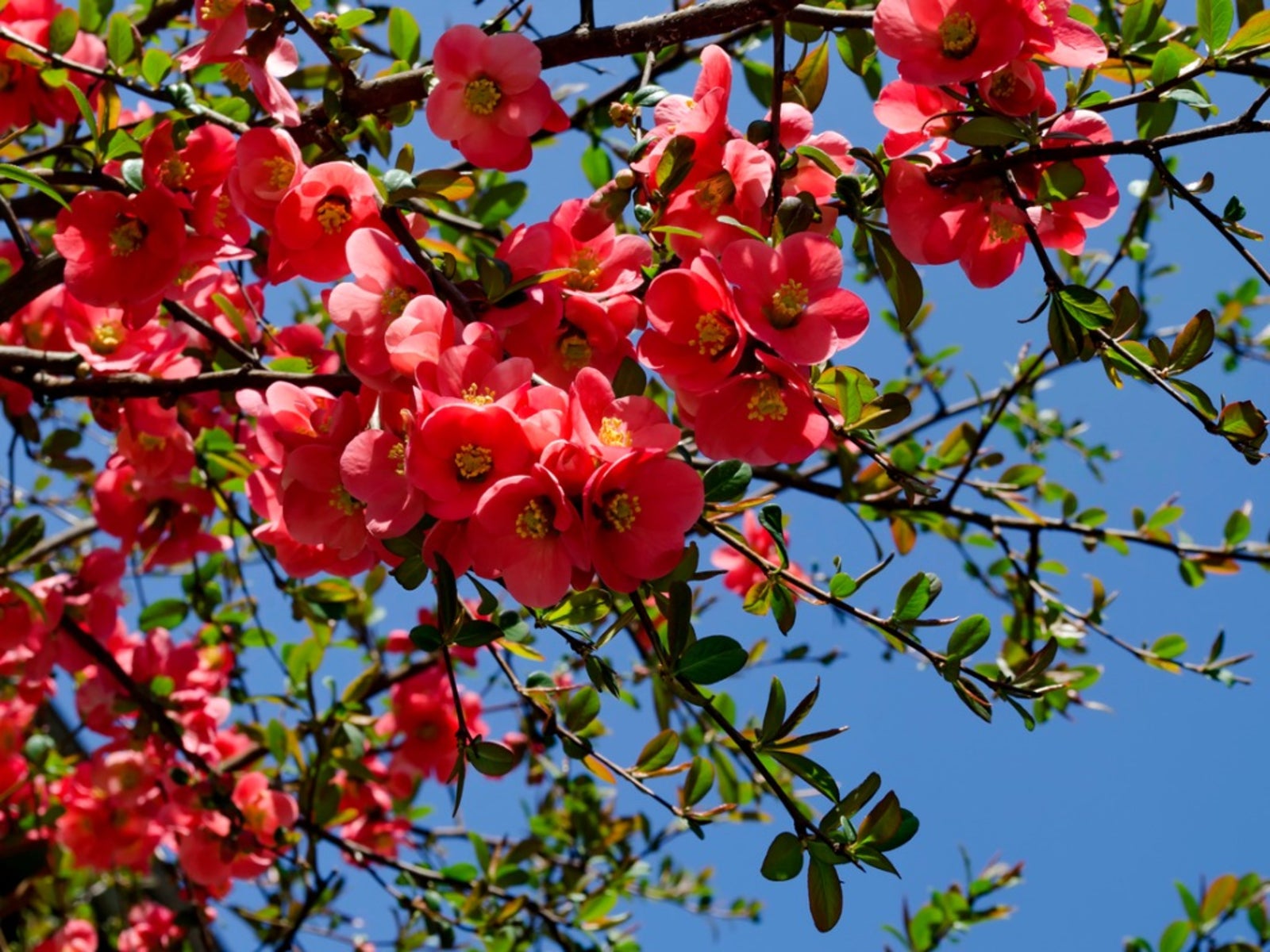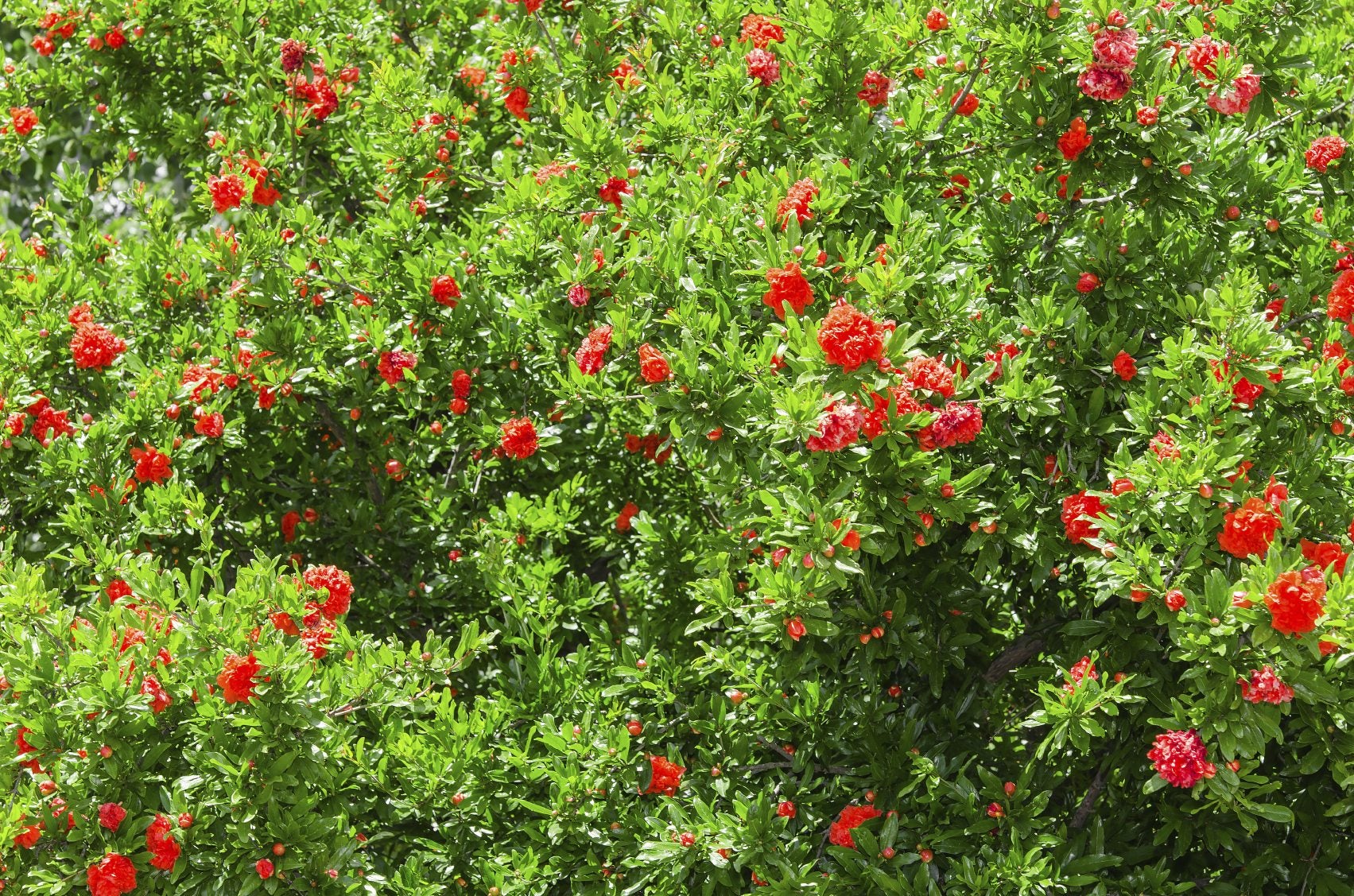Flowering Quince Propagation: How To Propagate A Flowering Quince Bush


It’s easy to fall in love with the deep red and orange, rose-like flowers of flowering quince. They can make a beautiful, unique hedge in zones 4-8. But a row of flowering quince shrubs can get quite pricey. Continue reading to learn how to propagate a flowering quince bush from cuttings, layering, or seed.
Flowering Quince Propagation
Native to China, Chaenomeles, or flowering quince, flowers on the previous year’s wood. Like most shrubs, it can be propagated by layering, cuttings, or seed. Asexual propagation (propagating quince from cuttings or layering) will produce plants that are exact replicas of the parent plant. Sexual propagation with the help of pollinators and flowering quince seeds produces plants that will vary.
Propagating Quince from Cuttings
To propagate flowering quince by cuttings, take 6- to 8-inch (15 to 20.5 cm.) cuttings from last year’s growth. Remove lower leaves, then dip the cuttings in water and rooting hormone.
Plant your cuttings in a mix of sphagnum peat and perlite, and water well. Growing cuttings in a hot, humid greenhouse or on top of a seedling heat mat will help them take root more quickly.
Flowering Quince Seeds
Flowering quince propagation by seed requires stratification. Stratification is a cooling period of the seed. In nature, winter provides this cooling period, but you can simulate it with your refrigerator.
Collect your quince seeds and place them in the fridge for 4 weeks to 3 months. Then remove the seeds from the cold and plant them as you would any seed.
Propagation of Flowering Quince by Layering
A little trickier, flowering quince can be propagated by layering. In spring, take a long flexible branch of quince. Dig a hole 3-6 inches (7.5 to 15 cm.) deep next to this branch.
Gardening tips, videos, info and more delivered right to your inbox!
Sign up for the Gardening Know How newsletter today and receive a free copy of our e-book "How to Grow Delicious Tomatoes".
Gently bend the flexible branch down into this hole with the tip of the branch able to stick out of the soil. Cut a slit in the part of the branch that will be under the soil and sprinkle with rooting hormone. Pin this part of the branch down in the hole with landscape pins and cover with soil.
Be sure that the tip is sticking out of the soil. When the branch has developed its own roots, it can be cut from the parent plant.
-
 Types Of Tomatoes Explained: Explore The Many Wonderful Shapes, Colors, Flavors, & Best Uses
Types Of Tomatoes Explained: Explore The Many Wonderful Shapes, Colors, Flavors, & Best UsesThe world of tomato varieties is vast and fascinating. Learn about the key types to grow in your garden, tailored to your preferences and space.
By Amy Grant
-
 Try The Trend – Turn Any Bed Into A Keyhole Garden With This Clever In-Ground Composter
Try The Trend – Turn Any Bed Into A Keyhole Garden With This Clever In-Ground ComposterKeyhole gardening is an efficient and sustainable practice that saves space. Get started on this DIY project quickly and easily with an in-ground composter.
By Bonnie L. Grant
-
 Common Flowering Quince Diseases And Pests
Common Flowering Quince Diseases And PestsFlowering quince is a beautiful ornamental shrub with dazzling and unusual blooms. But it can fall prey to problems. Click for more.
By Teo Spengler
-
 Flowering Quince Companion Plants: Learn About Quince Companions For Gardens
Flowering Quince Companion Plants: Learn About Quince Companions For GardensThere are many flowering quince companions that will accent its spring beauty and screen the winter spikiness of its bare branches. This article will get you started with some suggestions on what to plant with flowering quince shrubs.
By Bonnie L. Grant
-
 Flowering Quince Pruning: Tips On Pruning A Flowering Quince
Flowering Quince Pruning: Tips On Pruning A Flowering QuinceAlthough flowering quince generally requires little maintenance, pruning this shrub is essential to helping it develop ample flowering and fruiting. For more information about flowering quince pruning, this article will help.
By Teo Spengler
-
 Flowering Quince Care: How To Care For A Japanese Flowering Quince
Flowering Quince Care: How To Care For A Japanese Flowering QuinceMost American gardeners who are growing Japanese flowering quince do so for the spring blossoms. Flowering quince plants light up the spring for a few weeks with a blaze of colorful blooms. Learn how to grow them in this article.
By Teo Spengler